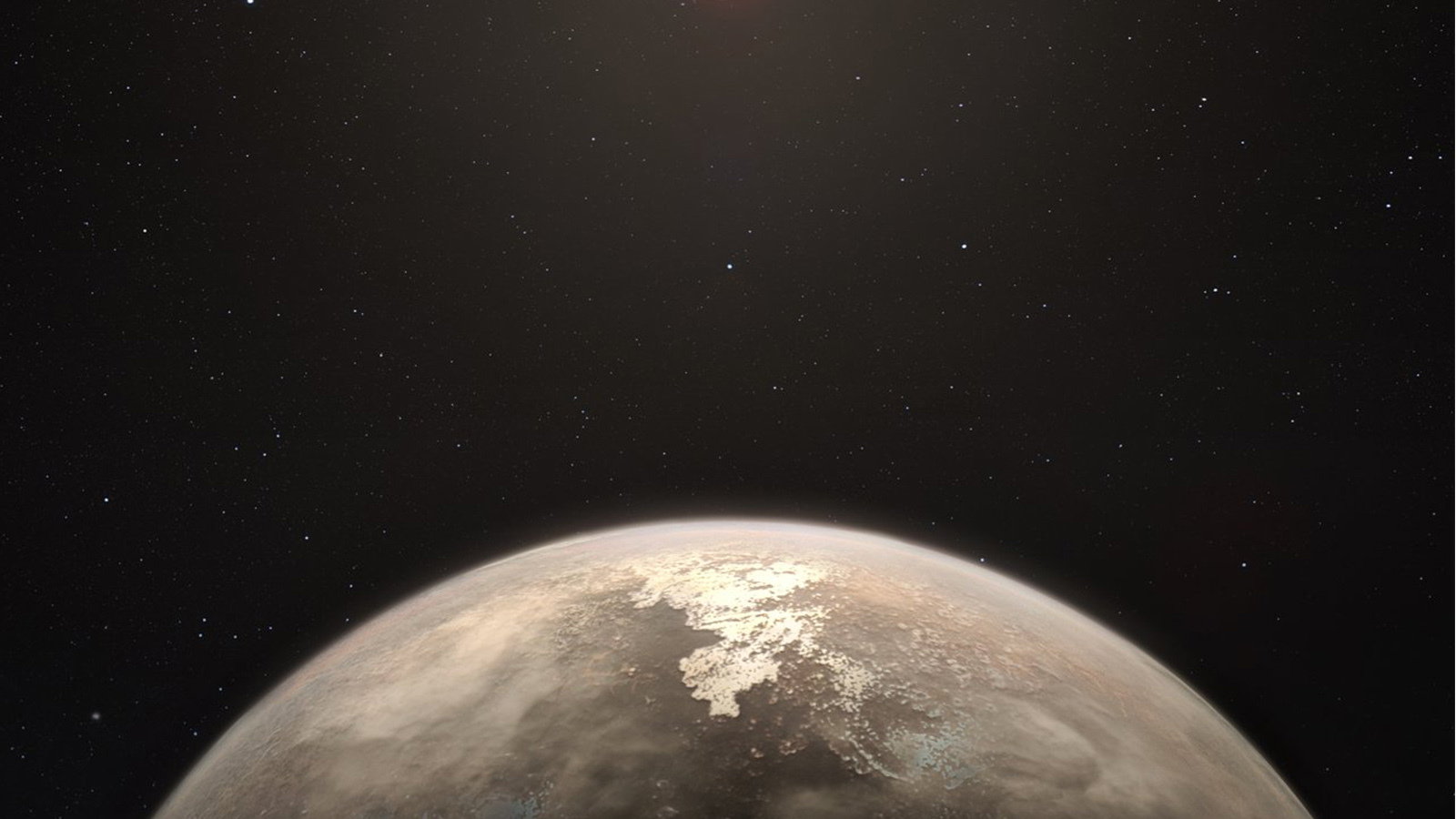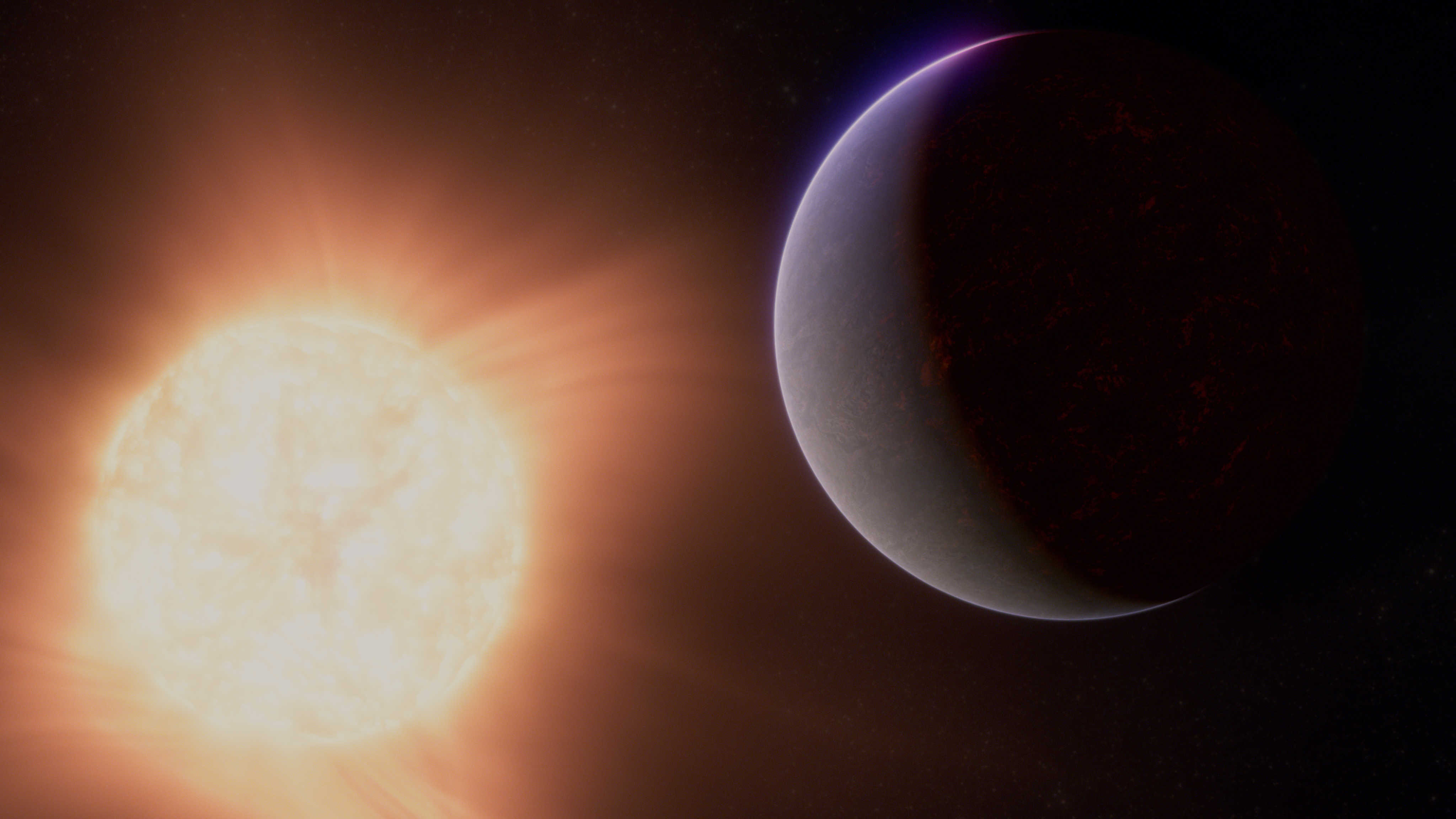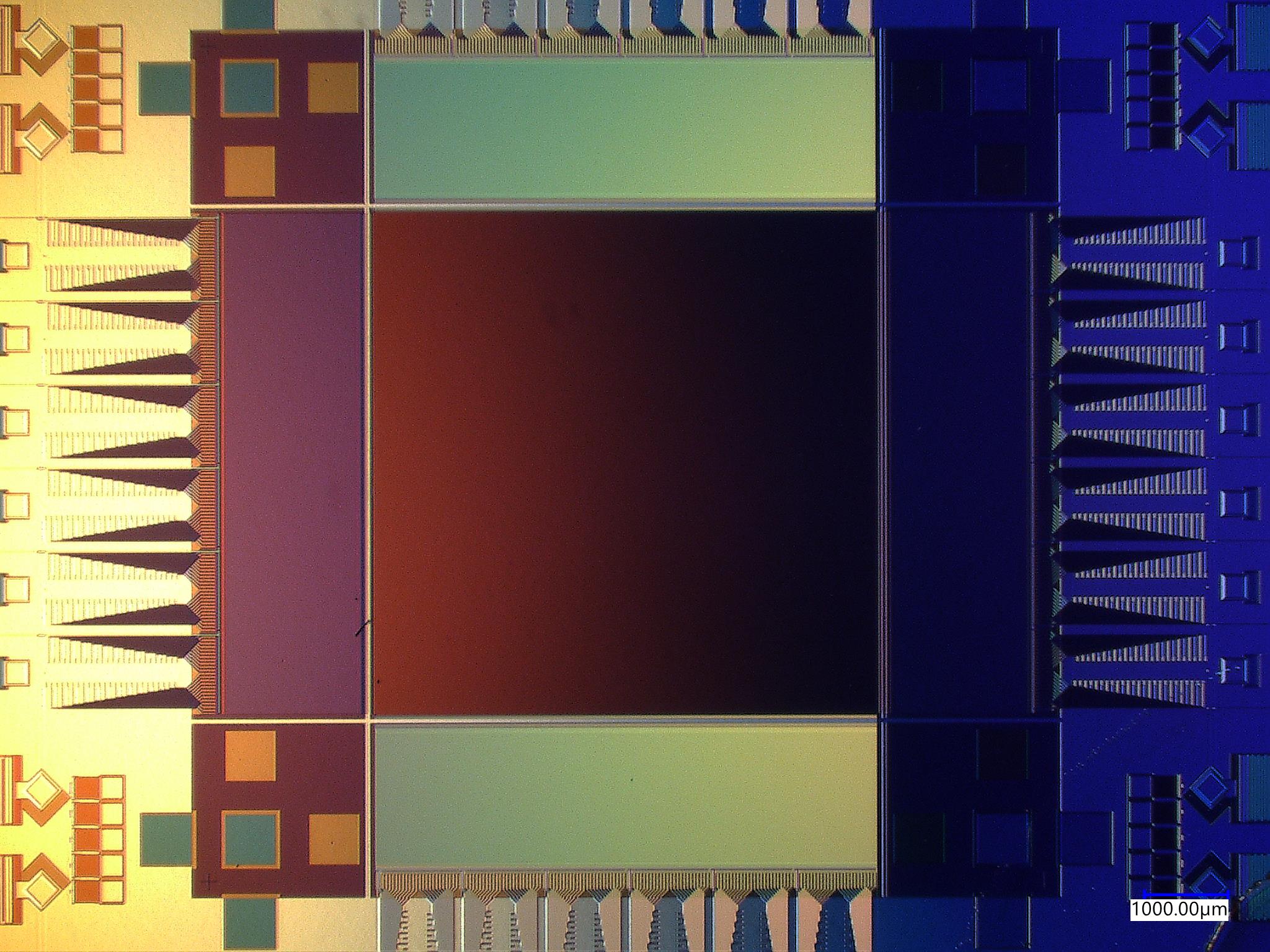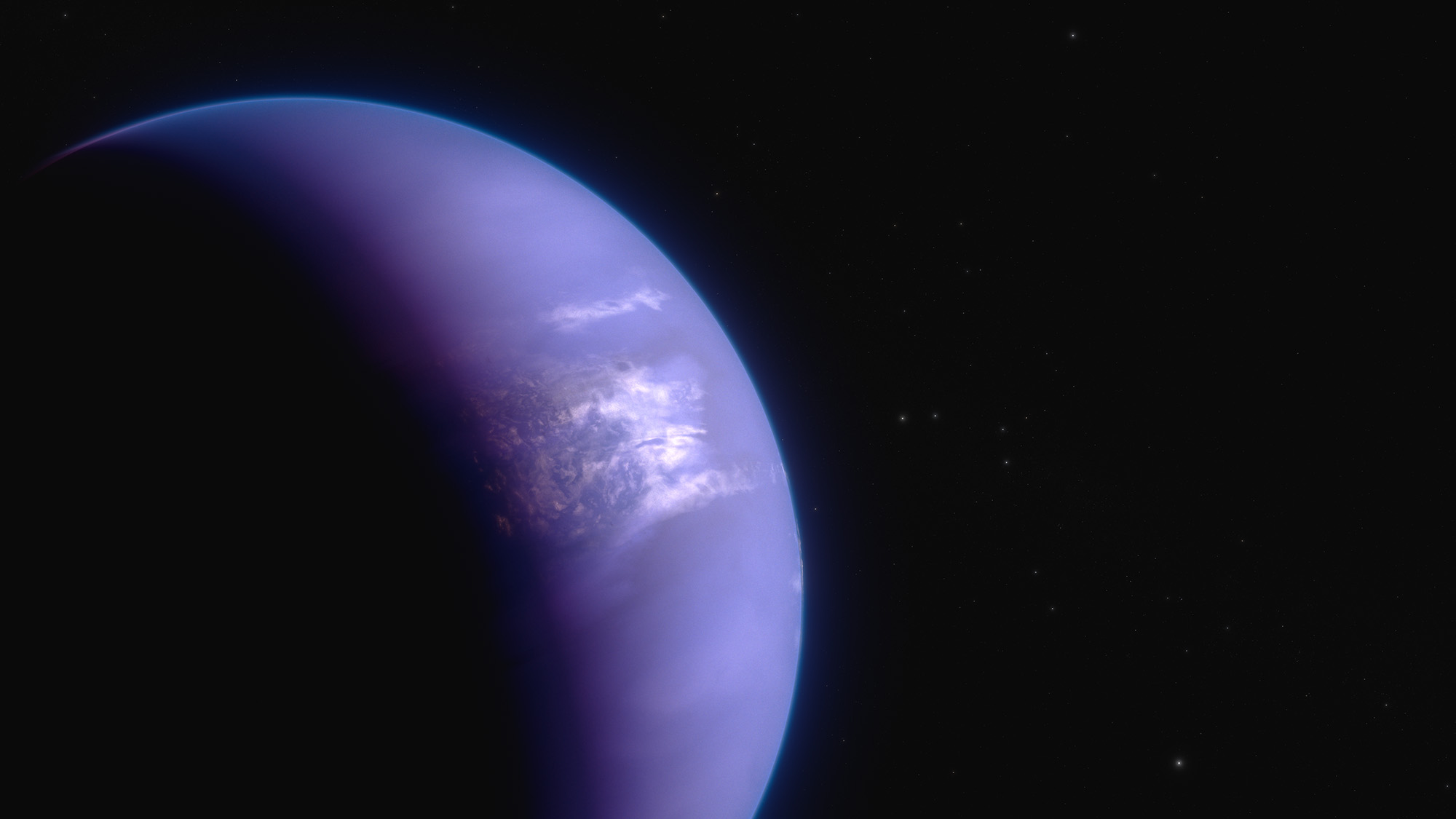2 min read

Planet: Ross 128 b
Discovered by: X. Bonfils et al. using ESO's HARPS
Date: November 15, 2017
Key Facts: An important discovery from Europe reveals a likely terrestrial, Earth-mass planet only 11 light-years away. Second only to Proxima Centauri b, this discovery is now the second-nearest known terrestrial planet to Earth. Even better, the planet may orbit in the inner edge of its red star's habitable zone, where there could be water. While this world is 1.3 x Earth's mass, it wouldn't feel like Earth – it has a dim, red sun and a year that lasts about 10 days. This close orbit means the planet is likely tidally locked to its star, like the seven TRAPPIST-1 planets. This means that one side of the planet would always be day, and the other side would be plunged in eternal night.
What's new: Is there another Earth? That's the question discoveries like Ross 128 b are trying to answer. An Earth-size planet that could be temperate is a prime target in the search for life. Especially one this close to Earth, which gives scientists the hope that in the near future we'll have instruments on large telescopes sophisticated enough to analyze the atmosphere of the planet.
But even planets in our stellar backyard are challenging to measure, and it's impossible to see land or oceans with our current telescopes. Planets like Ross 128 b and Proxima b seem like they could be the right size and temperature to be Earth-like. But so do Venus and Mars, if you measured them from light-years away. To support life, Ross 128 b would need a few more vital ingredients, like water on its surface and an Earth-like atmosphere. Which we need better telescopes to see. So, it's more like Earth-adjacent ... for now.
And yes, the planet is named after a guy named Ross.
See details from the European Southern Observatory







